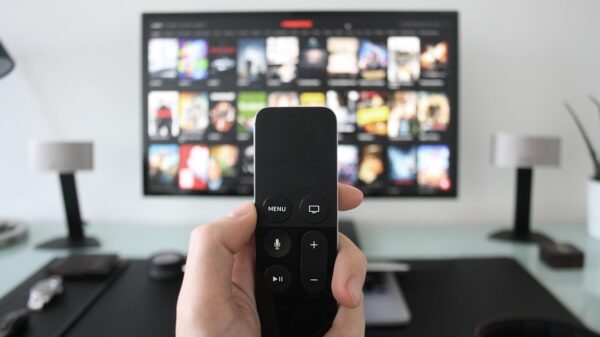Binge watching — what does the data reveal?
Last month we discussed whether or not binge watching was a good idea. Inevitably the answer was it depends and choice is good. This month we thought we’d take the perspective of a streamer, and see what the data says. If you’re a regular, you’ll know we like the Nielsens, thought they are only for the US. Even so, they do tell a story.
What’s our approach?
It’s widely known you can use a group of numbers to prove almost anything. In a perfect experiment, you’d take two copies of the planet Earth, show one copy a show week by week and the other the same show available all at once. You’d make sure no other shows came along, and avoid big holidays. In other words, you can’t do a simple science experiment. You can’t directly compare a binge release show such as Ozark with a gradual release show such as The Book of Boba Fett. It’s naive to just compare a Netflix show with a Prime Video show — even if the shows attract similar audiences (how to prove?) there’s a scale factor in the favour of Netflix with (currently) the largest subscription base.
What you can do is compare a show to itself, and look at how it changes week on week. You can even attempt some normalisation of the data by calling the data in week 1 100 and seeing how the number changes week on week. Here’s an example with the most recent runs of Cobra Kai and Emily in Paris (both on Netflix):
| Show | Week 1 | Week 2 | Week 3 | Week 4 | Week 5 |
|---|---|---|---|---|---|
| Cobra Kai | 2423 | 2153 | 1038 | 670 | 395 |
| Emily in Paris | 938 | 1110 | 553 | 357 | 248 |
Actual Nielsen data for the shows
| Show | Week 1 | Week 2 | Week 3 | Week 4 | Week 5 |
|---|---|---|---|---|---|
| Cobra Kai | 100 | 89 | 43 | 28 | 16 |
| Emily in Paris | 100 | 118 | 59 | 38 | 26 |
Normalised performance
Here you see Emily in Paris gets a frequently seen second week peak, unlike Cobra Kai. In relative terms to its week 1 performance (if it means anything), Emily in Paris actually stayed strong — or you could argue a lot of Cobra Kai fans watched the show as soon as they could.
The Marvel Cinematic Universe (MCU)

There’s an interesting case of the MCU shows. They are all released Wednesdays via Disney+ and to an order of approximation, might attract a similar audience (though WandaVision is a rather different idea to the yet to be released Moon Knight.) Here’s some normalised data:
| Show | Week 1 | Week 2 | Week 3 | Week 4 | Week 5 | Week 6 | Week 7 | Week 8 |
|---|---|---|---|---|---|---|---|---|
| Falcon & Winter Soldier | 100 | 127 | 127 | 151 | 173 | 161 | 74 | |
| Hawkeye | 100 | 66 | 62 | 68 | 110 | 63 | ||
| Loki | 100 | 121 | 98 | 111 | 148 | 138 | 53 | 25 |
MCU shows normalised
From this, Hawkeye had a very different profile to the others, but all exhibit a rise then fall across several weeks. Weekly release generates interest for longer, though less of it in most cases.
Some big binge releases

Here’s a small selection of big Netflix releases:
| Show | Week 1 | Week 2 | Week 3 | Week 4 | Week 5 | Week 6 | Week 7 | Week 8 | Week 9 |
|---|---|---|---|---|---|---|---|---|---|
| Ginny & Georgia | 100 | 122 | 76 | 57 | 41 | 31 | 20 | ||
| Squid Game | 100 | 205 | 190 | 142 | 122 | 64 | 42 | 27 | |
| Virgin River | 100 | 146 | 88 | 54 | 38 | 29 | 24 | 20 | 16 |
| The Witcher | 100 | 125 | 83 | 50 | 28 | 21 | 14 |
Netflix shows normalised
Yet more evidence of the unusual nature of Squid Game, but look at Ginny & Georgia, Virgin River and The Witcher (these are all the most recent releases). The curve is very similar, relative to the Week 1 viewing audience. Perhaps this is how Netflix predicts a total audience for a show and has a leading indicator suggesting a show might not get a renewal. We shall keep watch!

